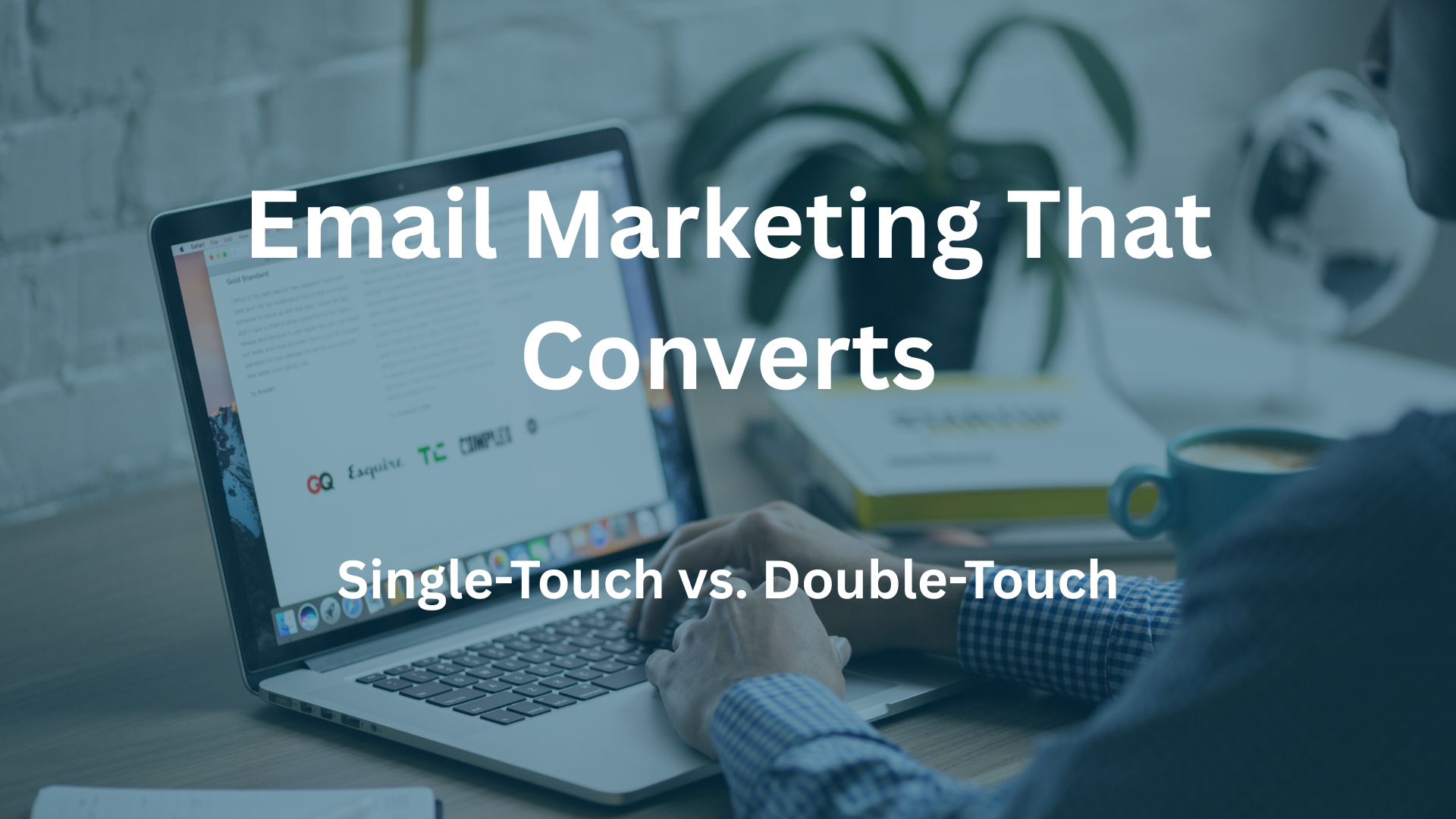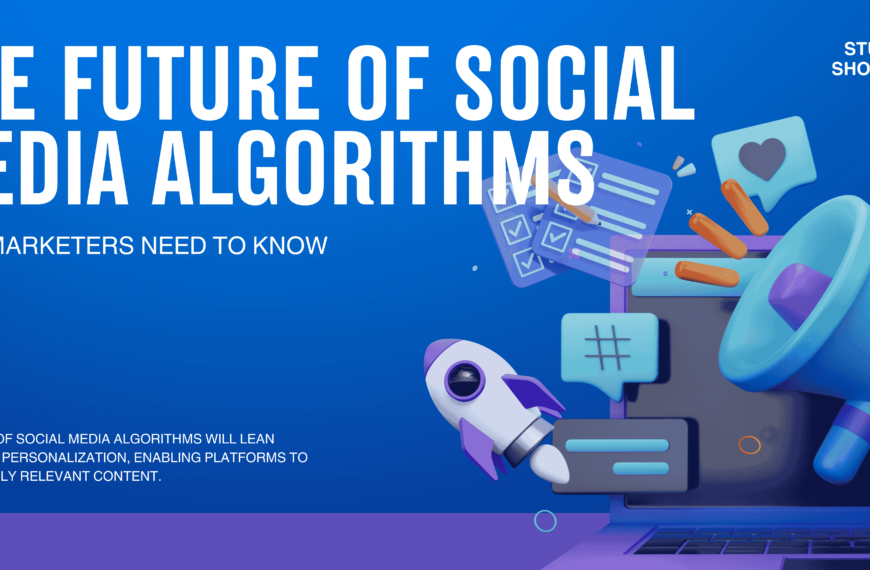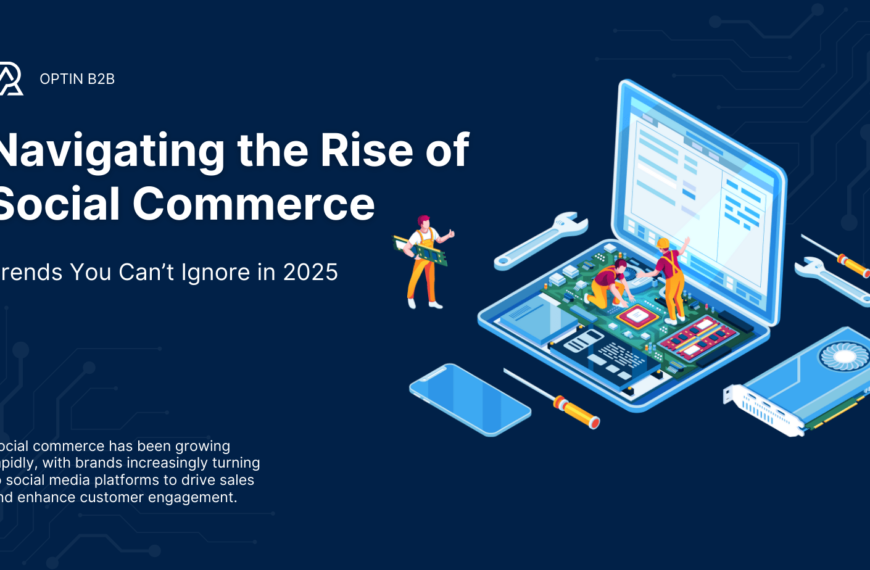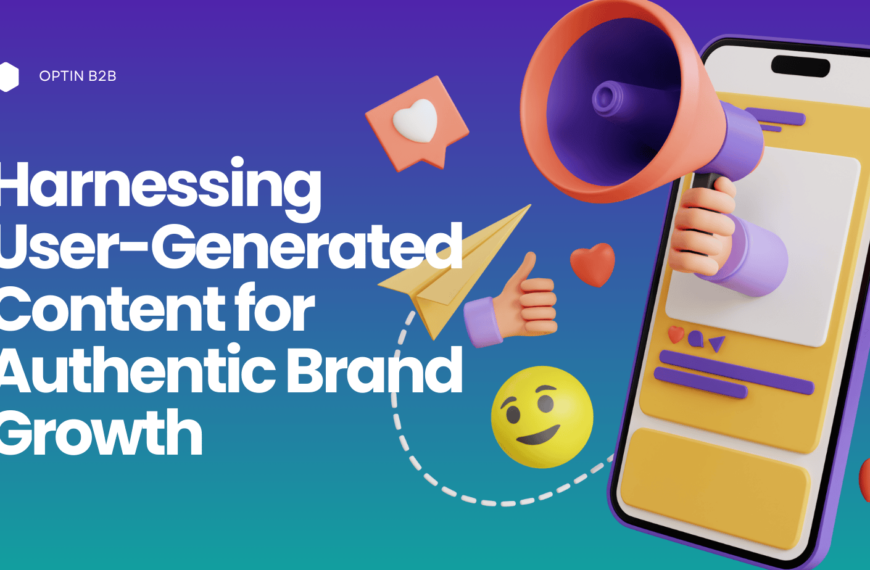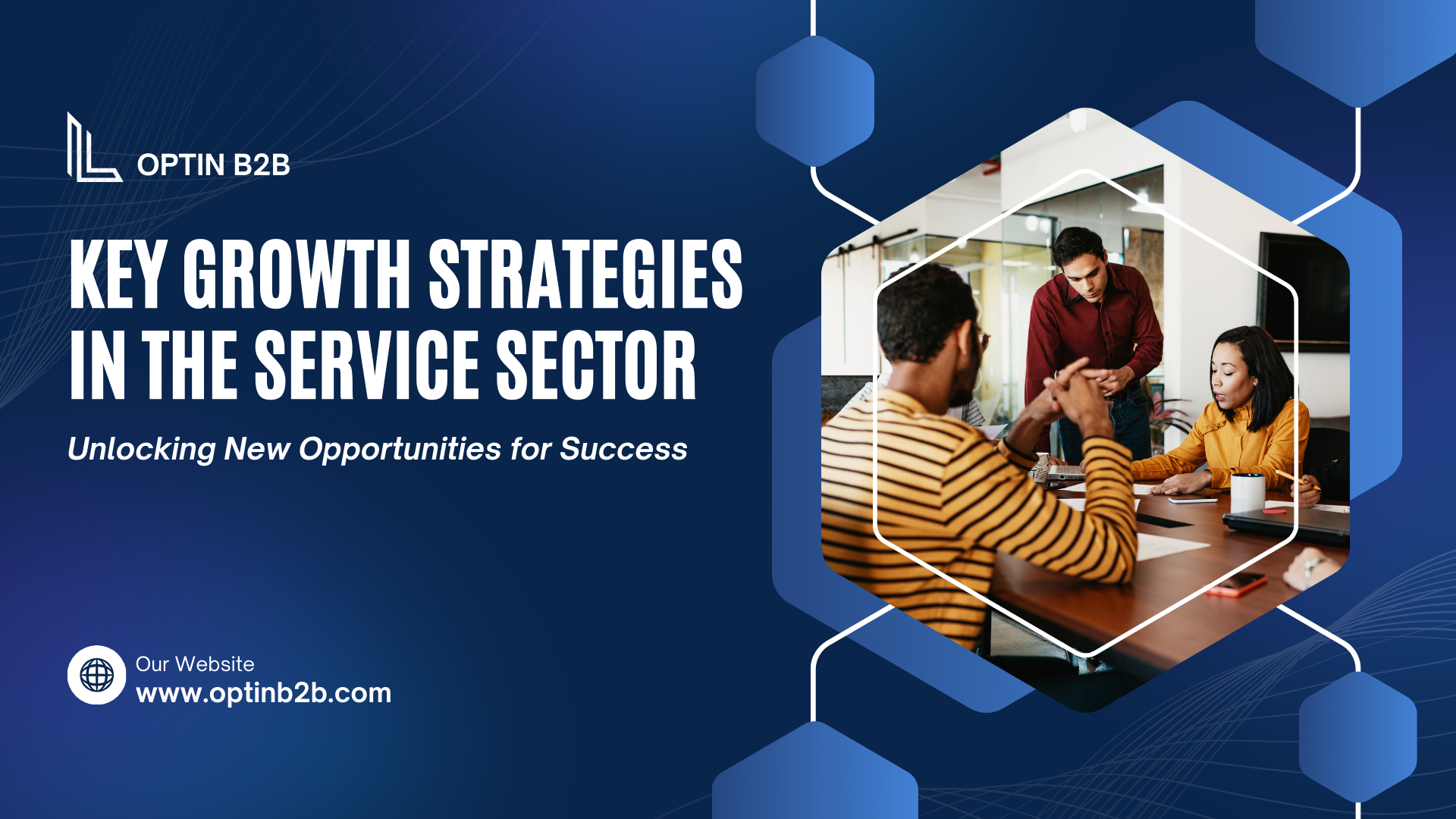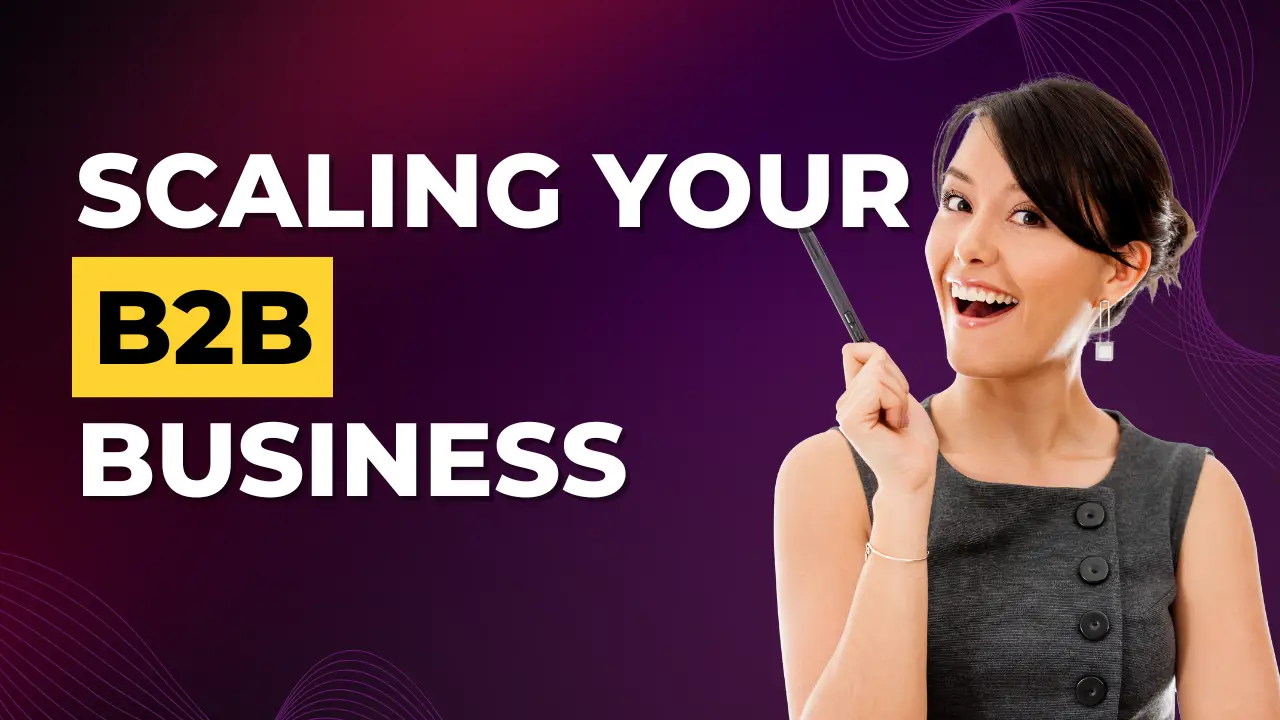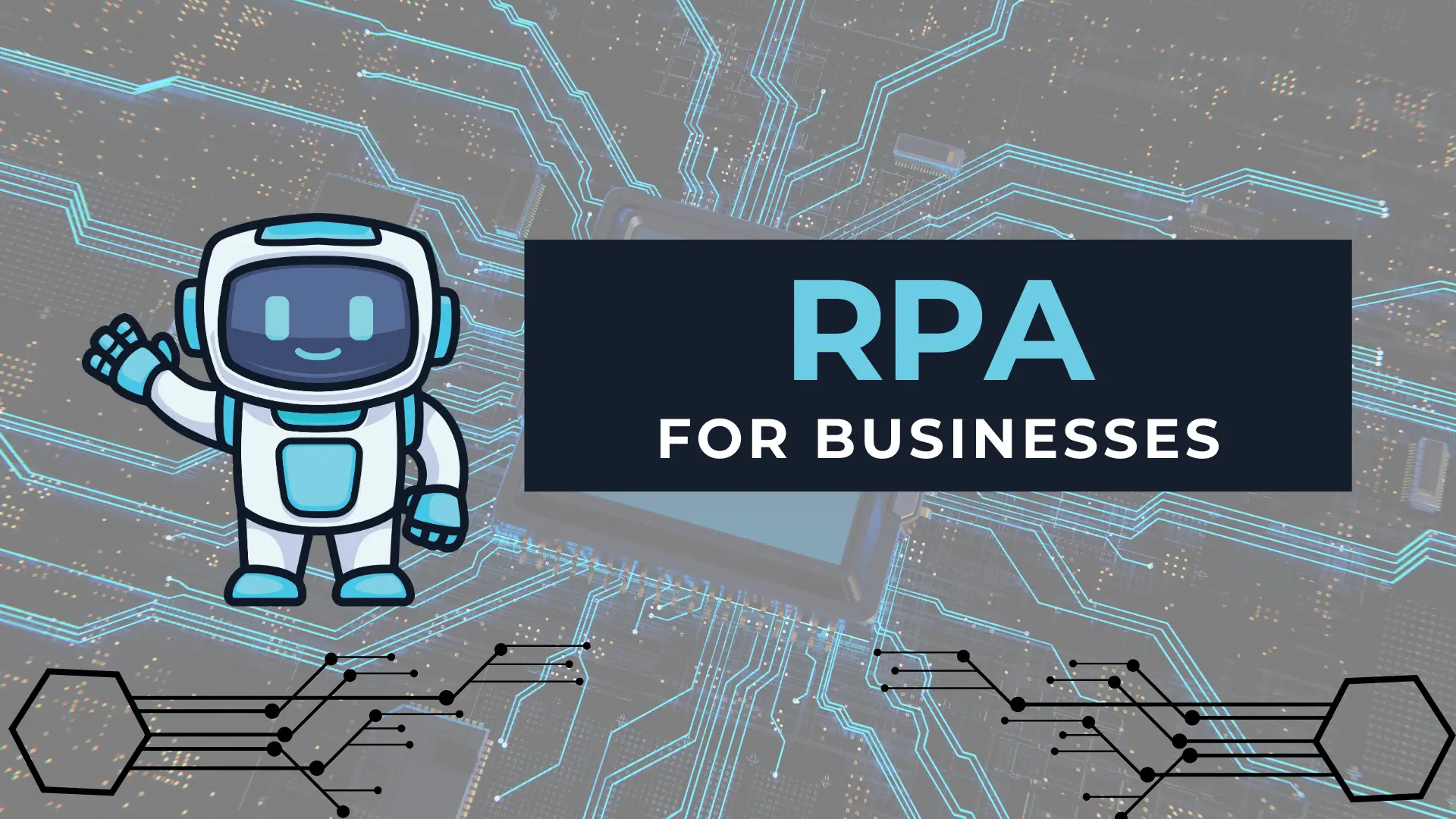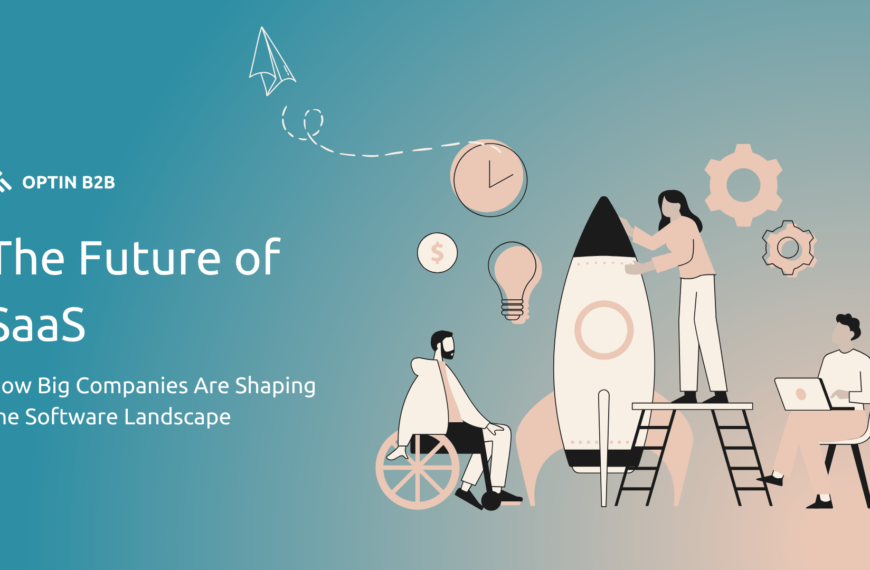In B2B marketing, every touchpoint matters—especially in email. But should you rely on a single-touch campaign to spark actions, or is a double-touch sequence your best bet for nurturing and converting leads? At OptinB2B, we’ve tested both approaches across dozens of clients. In this post, you’ll discover when to use single-touch versus double-touch email strategies, see real-world examples, and get our top best practices for each.
What Is Single-Touch Email Marketing?
A single-touch email is a one-off message designed to drive an immediate action—like downloading a whitepaper, registering for a webinar, or requesting a demo. It works best when:
Your offer is low-commitment (e.g., free checklist)
Your audience is already familiar with your brand
You want to minimize email fatigue and unsubscribes
Example: Single-Touch in Action
Offer: Free “2025 B2B Email Benchmarks” infographic
Audience: Subscribers who attended a recent webinar
Result: 30% open rate, 8% click-through, 1.5% demo requests
Single-Touch Best Practices
Clear, Compelling CTA: Use action-oriented language like “Download Now” or “Claim Your Spot.”
Concise Copy: Keep the body under 100 words, focus on benefits.
Strong Subject Line: Include numbers or urgency: “Your Free Email Benchmarks Inside (Limited Time).”
Minimal Design: One primary image, clear button, mobile-responsive layout.
What Is Double-Touch Email Marketing?
A double-touch sequence uses two strategic emails to guide prospects: an initial outreach and a follow-up. This approach balances persistence with relevance, giving your message two opportunities to land.
Email 1 (Introduction): Presents your offer and value proposition.
Email 2 (Reminder): Sent 3–5 days later with social proof, testimonial, or new incentive.
Example: Double-Touch in Action
Email 1: Invite to download the “2025 B2B Email Benchmarks” infographic
Email 2: Reminder featuring a client quote: “This report helped us increase open rates by 12%.”
Result: Combined 45% open rate, 12% click-through, 3% demo requests
Double-Touch Best Practices
Segment by Engagement: Only send the follow-up to non-openers or non-clickers.
Vary Your Angle: Use a different subject line and added value in the second email.
Timing Matters: Space emails 3–5 days apart to avoid annoyance.
Leverage Social Proof: Include a testimonial, case study snippet, or data point in the follow-up.
Single-Touch vs. Double-Touch: When to Use Which
| Scenario | Single-Touch | Double-Touch |
|---|---|---|
| Warm list & known contacts | ✅ | ✅ |
| Cold outreach or new prospects | ⚠️ (low response) | ✅ |
| High-value, gated content | ⚠️ (too abrupt) | ✅ |
| Quick, low-friction offers | ✅ | ⚠️ (overkill) |
Key Decision Factors:
Offer Commitment: Low (single-touch) vs. High (double-touch)
Audience Warmth: Hot list (both) vs. Cold list (double-touch)
Email Cadence: Brand preferences; avoid fatigue
Tracking Success: Metrics to Measure
Open Rate: Indicates subject-line effectiveness
Click-Through Rate (CTR): Measures engagement with your CTA
Conversion Rate: Percentage of recipients who complete your goal (download, demo, sign up)
Unsubscribe Rate: Gauge email fatigue or misalignment
Use A/B testing on subject lines, send times, and copy variations to continuously optimize your campaigns.
Conclusion
Whether you choose single-touch or double-touch, email marketing remains one of the highest-ROI channels in B2B demand gen. At OptinB2B, we design and execute targeted email sequences that maximize opens, clicks, and conversions—without overwhelming your audience.

